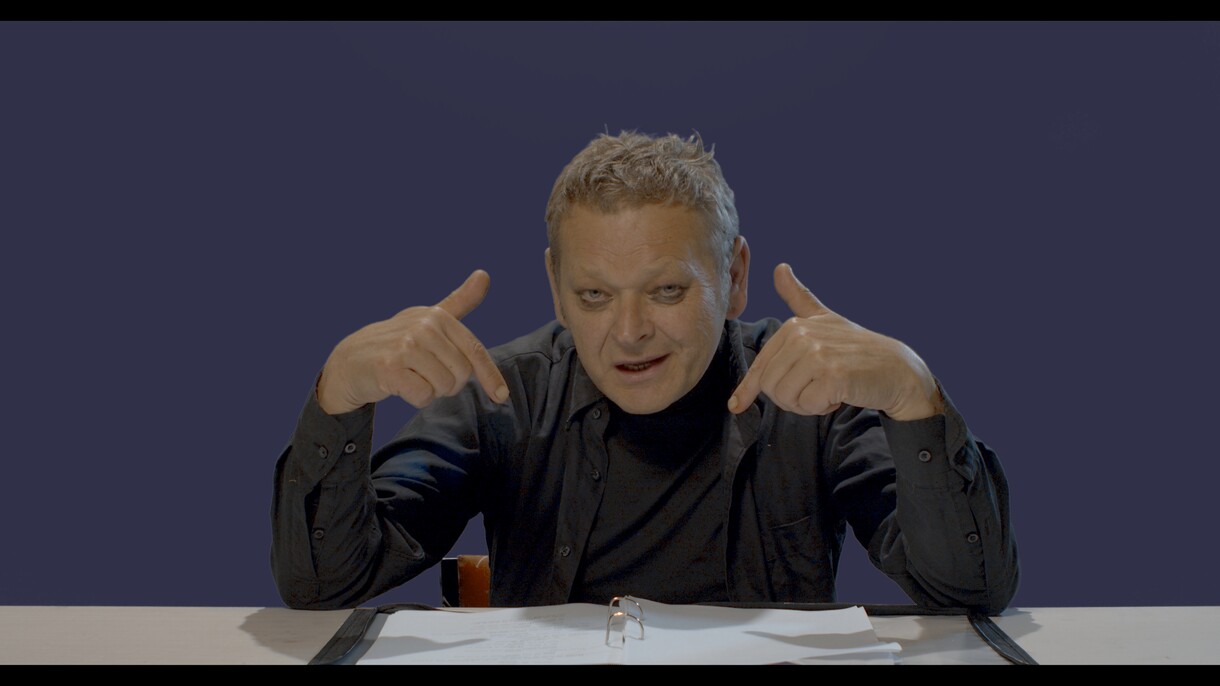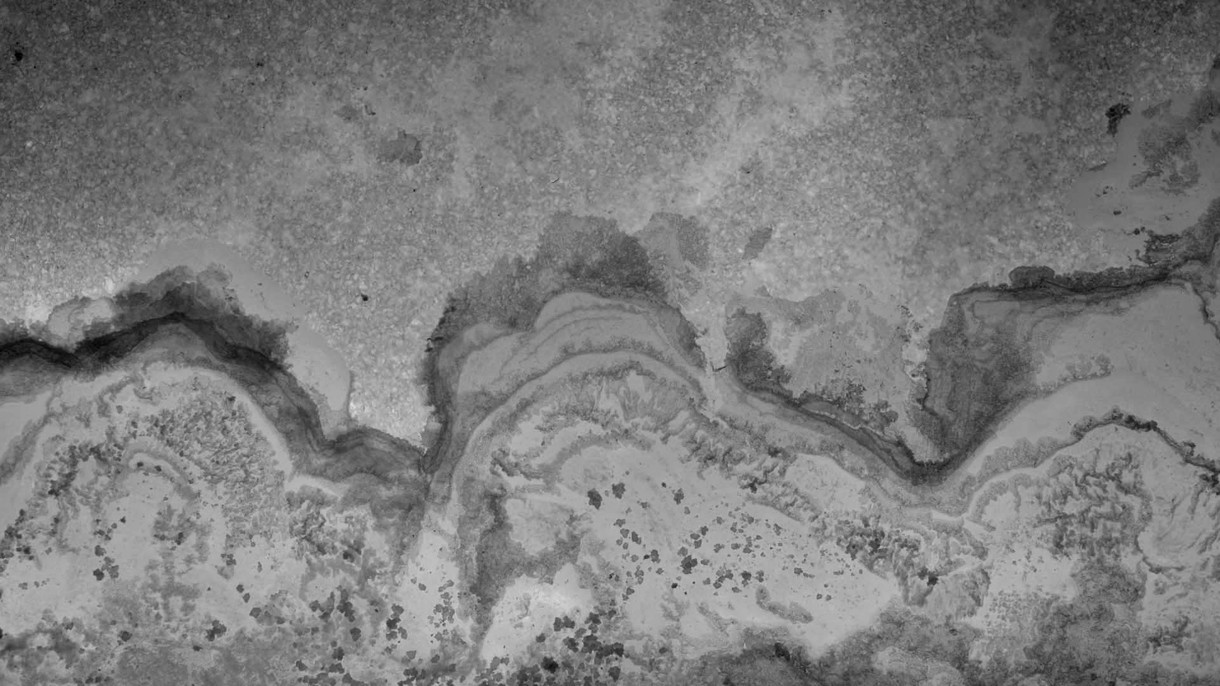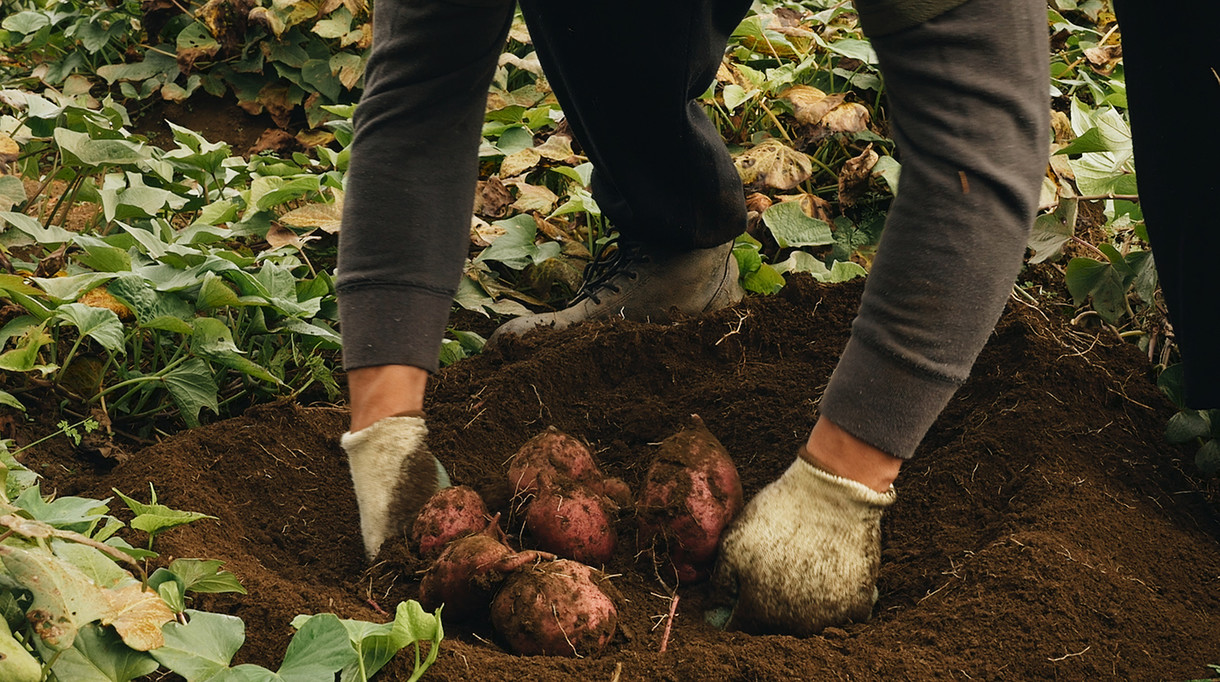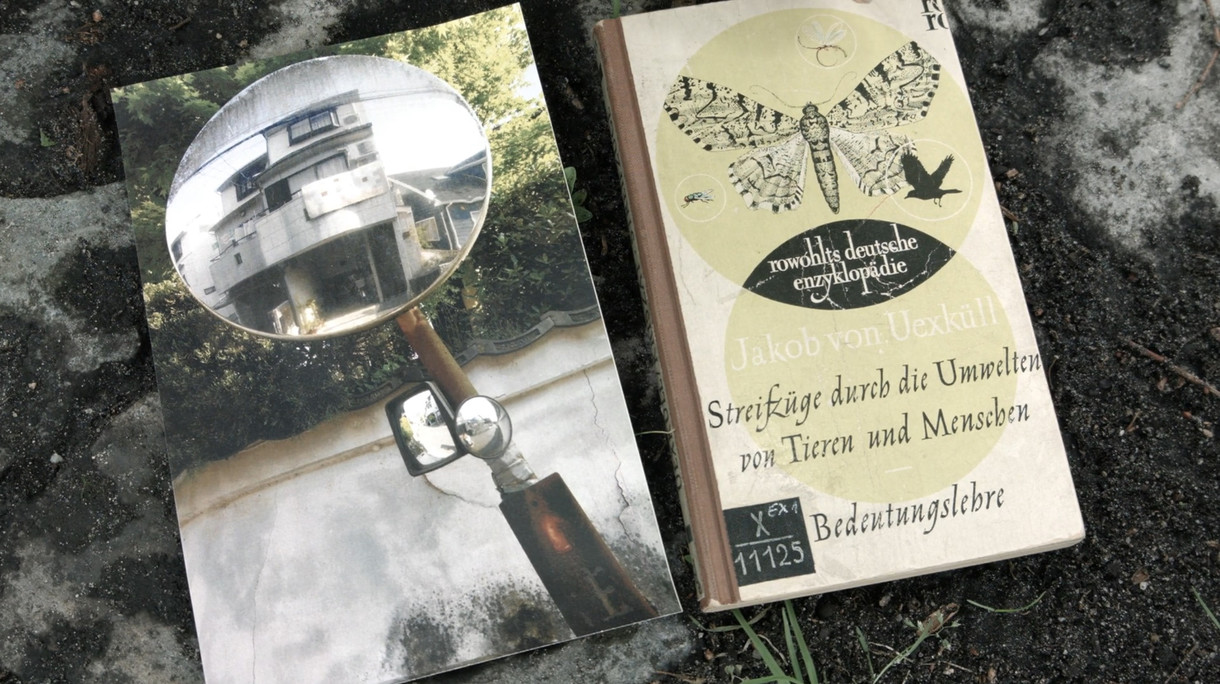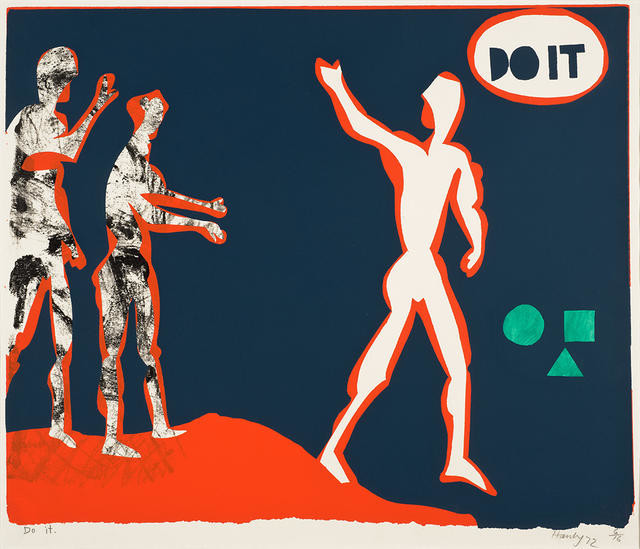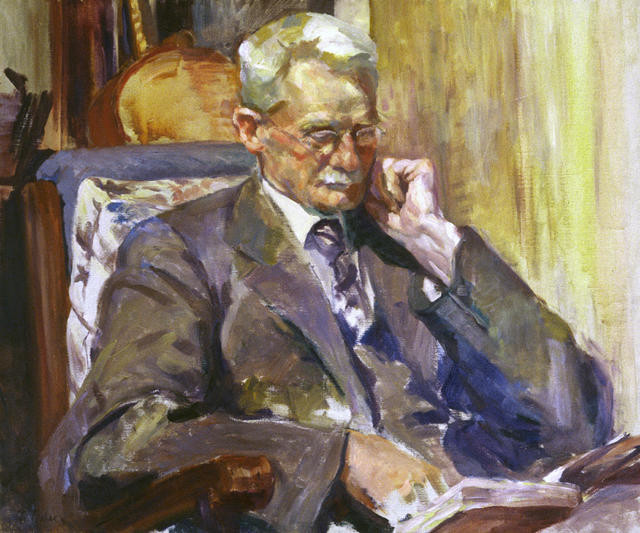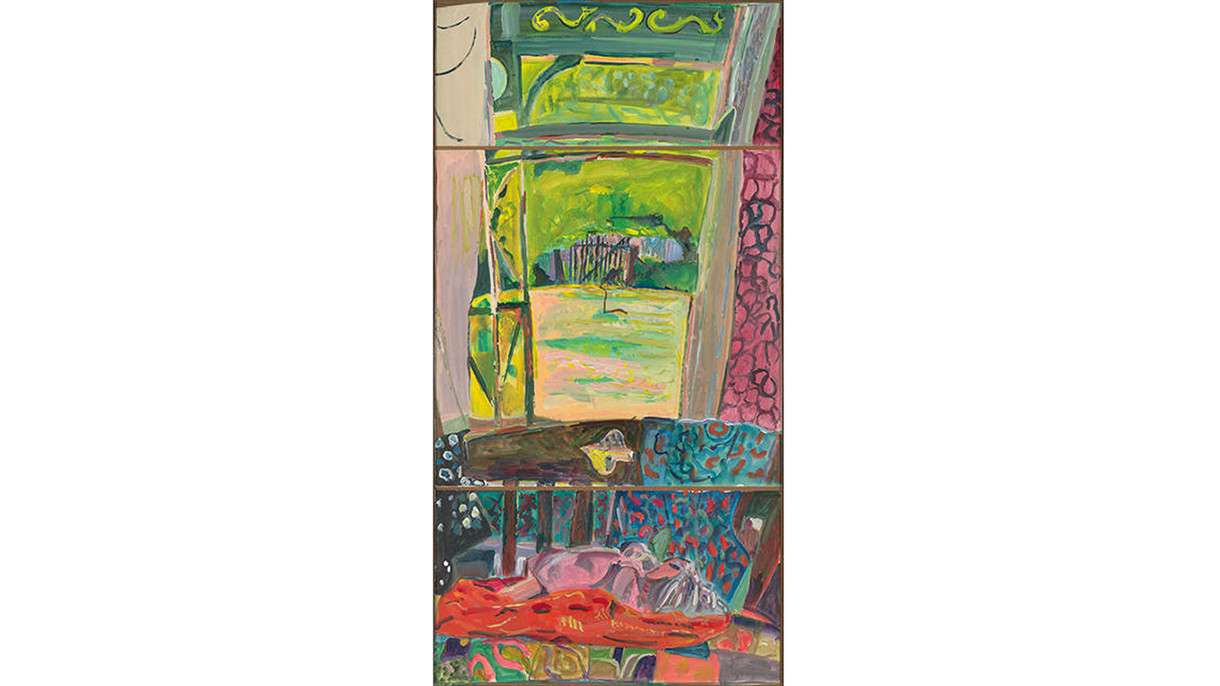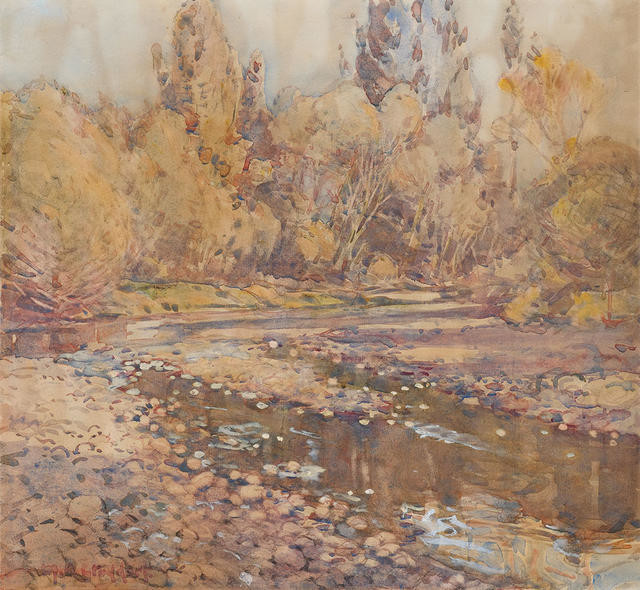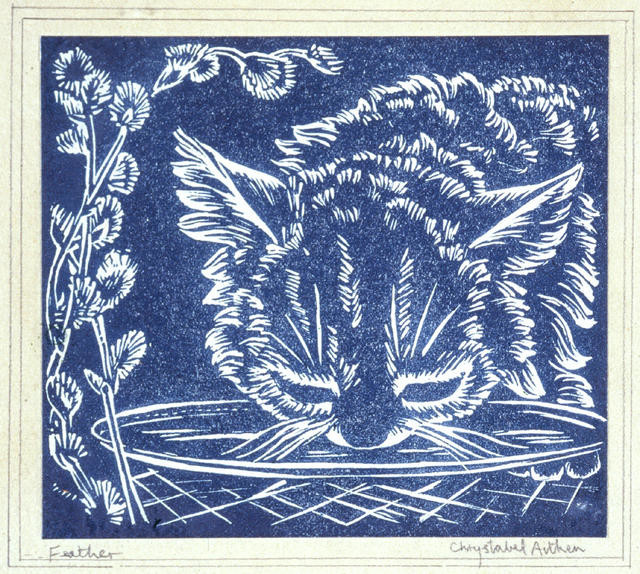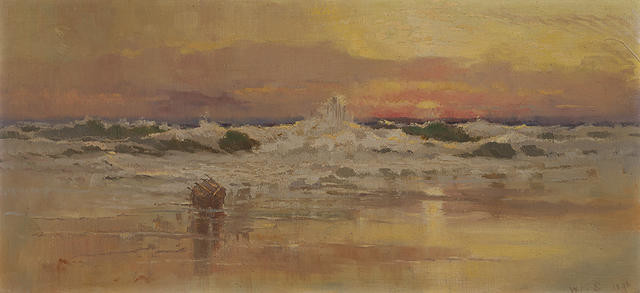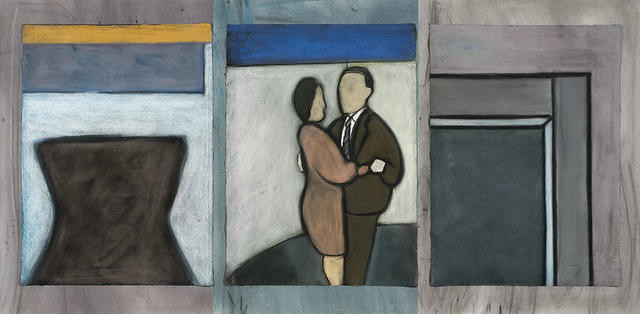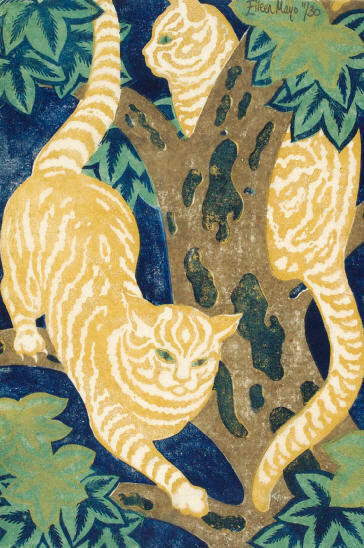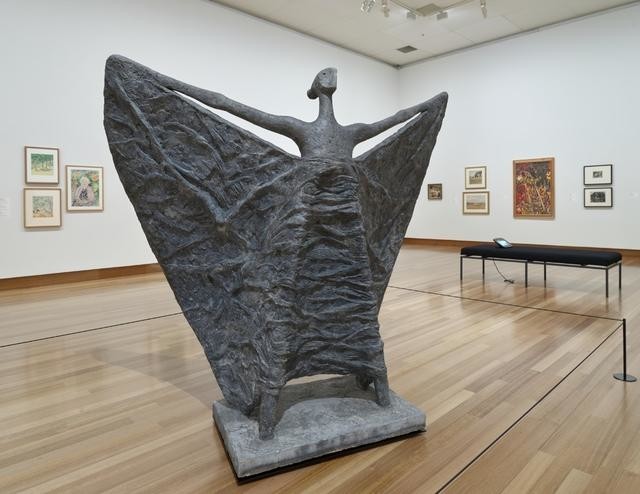B.
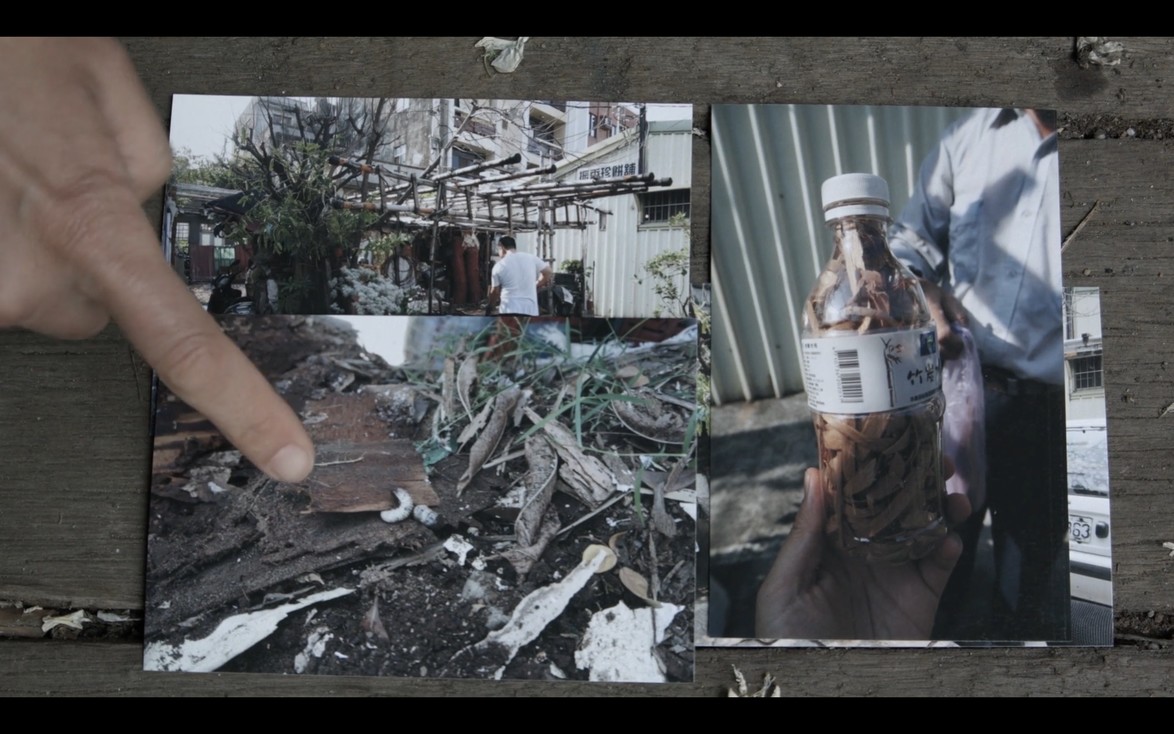
Xin Cheng Seeing Like A Forest (video still) 2019. Single-channel HD digital video, colour, sound.
Spheres: An Online Video Project
Note
Over the past few weeks, I have been working with fellow curator Nathan Pohio on an online video project that we’ve called Spheres. I’ve only recently joined the Gallery, so it’s been helpful to have something to focus on from home as well as a reason to be in touch with some interesting artists.
Every curator has a different part of the job they enjoy most, and for me it’s the opportunity to learn from artists and engage with the ideas that go into the making of a work – probably the same reason that some of you love looking at art. Curating in collaboration reminded me that we all bring our own perspective. For example, Nathan is an artist too so he tends to be curious about how something is made and he brings a wealth of knowledge about filmmaking and its history in particular.
The small series we’ve pulled together includes several videos that reflect on the idea of social distance and our personal environments, and we invited five artists to make something new from their ‘sphere’. Hopefully these works provide you with some new ways of thinking about the current situation where we all need to stay a bit closer to home. It’s hard not to appreciate your neighbourhood with fresh eyes after watching Xin Cheng’s work.
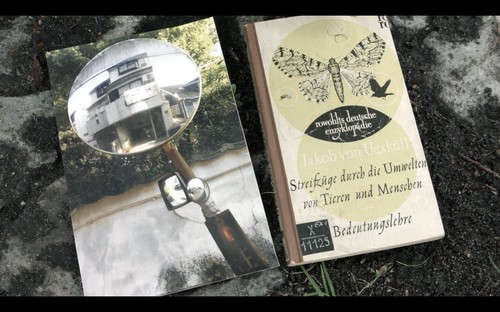
Xin Cheng Seeing Like A Forest (video still) 2019. Single-channel HD digital video, colour, sound
